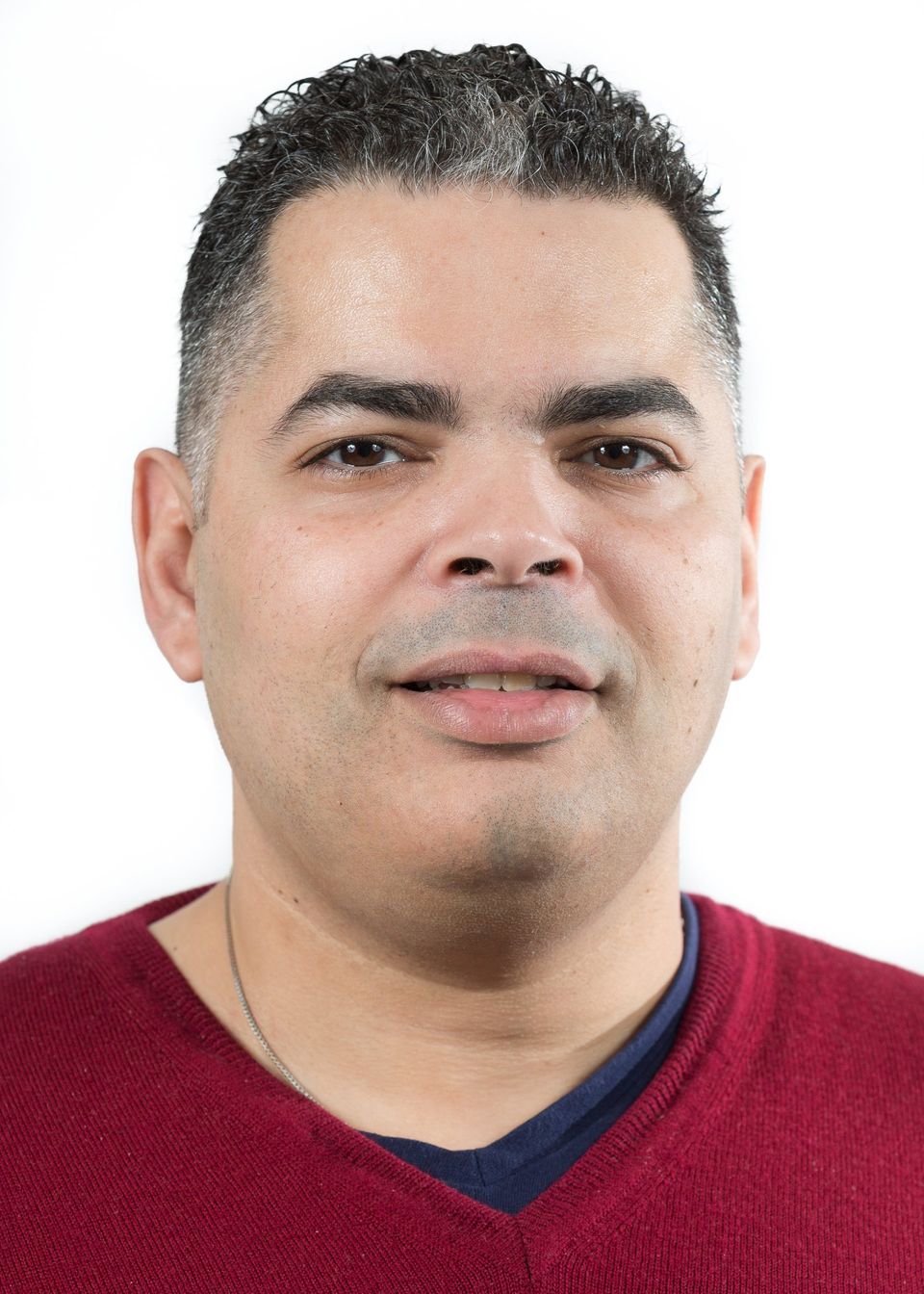Insulin sensitivity in specific skeletal muscle fibre
Dr. Karim Bouzakri, University of Geneva
Hjelt grant holder 2013
Dr. Karim Bouzakri
University of Geneva
PhD, Dept of Genetic Medicine and Development, University of Geneva, received a subsidy for the project entitled “Molecular and genetic basis for differential insulin sensitivity in skeletal muscle cells from healthy subjects and individuals with type 2 diabetes”. In Type 2 diabetes, not only insulin secretion but also glucose uptake by skeletal muscle and other insulin actions are impaired. Muscle represents the quantitatively most important insulin target tissue. The project aims at defining how the effects of insulin are inhibited by studying cell cultures established from muscle biopsies of type 2 diabetic patients and healthy controls. In particular, the three subtypes of muscle fibers will be examined for changes in genetic and epigenetic characteristics as well as insulin signaling parameters. It is hoped that the results will help to develop therapy improving the biological action of insulin in those muscle fiber types most affected by diabetes.
– One of my goal is to understand the molecular basis for altered insulin sensitivity in specific skeletal muscle fibre types in control and type 2 diabetic patients, says Karim Bouzakri, researcher at Geneva University who received 50 000 Euro from the Hjelt Foundation.
– I have hypothesis and demonstrated that human skeletal muscle secrete different pattern of myokines regarding their insulin sensitivity. These myokines have therefore a bimodal impact on beta-cells functions and proliferation regarding them muscle type origin.
– To this end, I plan to identify target secreted and release by skeletal muscle from different fibres isolated from control and Type 2 diabetic patients. We are using new approach to identify either protein or epigenetic modification in order to understand the differences in insulin sensitivity.
What is your long term goal?
– I hope to be able to pursue my line of research as I did since I have started my PhD. In fact, I am in turning point in my carrier, as I will have to set up my own laboratory in the next coming years.
What is your personal driving force?
– I have been starting working on diabetes and insulin resistance when I was a master student. In this time several person from my family (included my Father) have been diagnostic with T2D. I have been the first witness of this terrible disease, which deeply killed all my family with all the know complications (Kidney failure, stroke, blindness, amputation…). Therefore, I have been interesting to understand how this disease can progress so rapidly with a broad panel of horrible complication. That is why, I am working on insulin resistance and Type 2 Diabetes mellitus since my master.
Sara Liedholm

